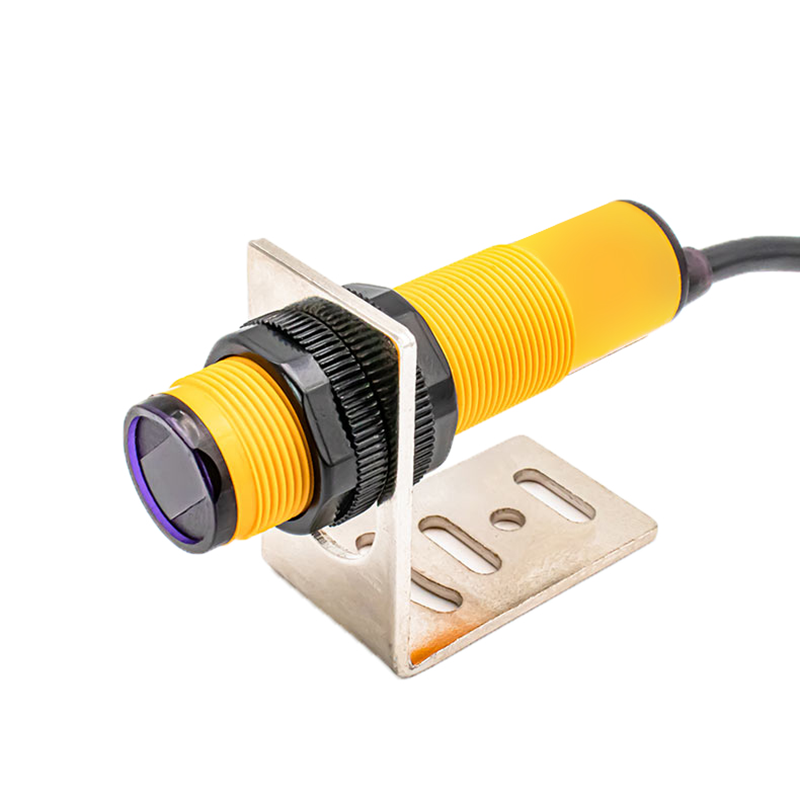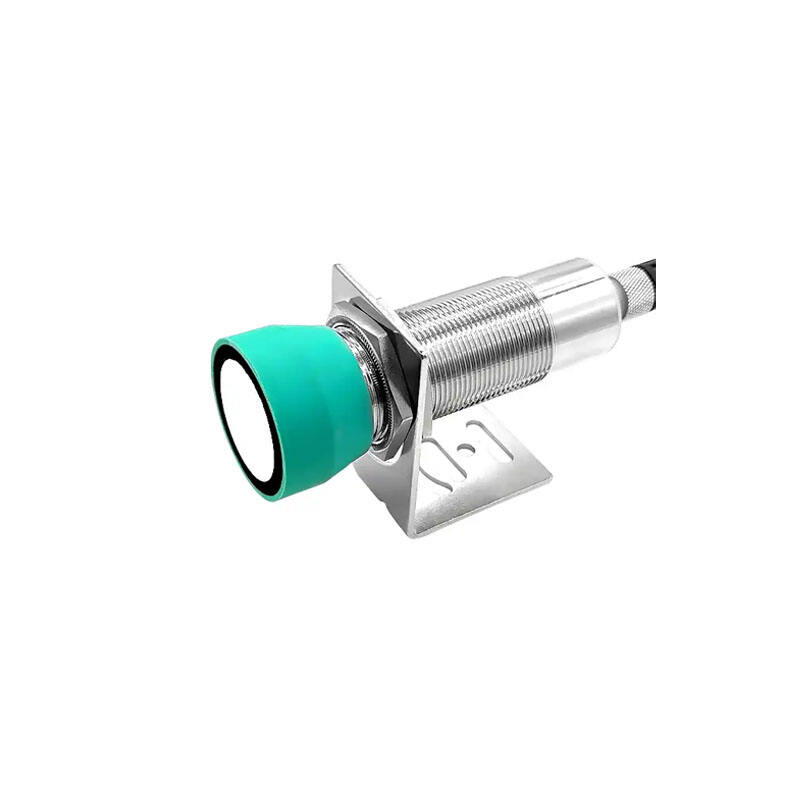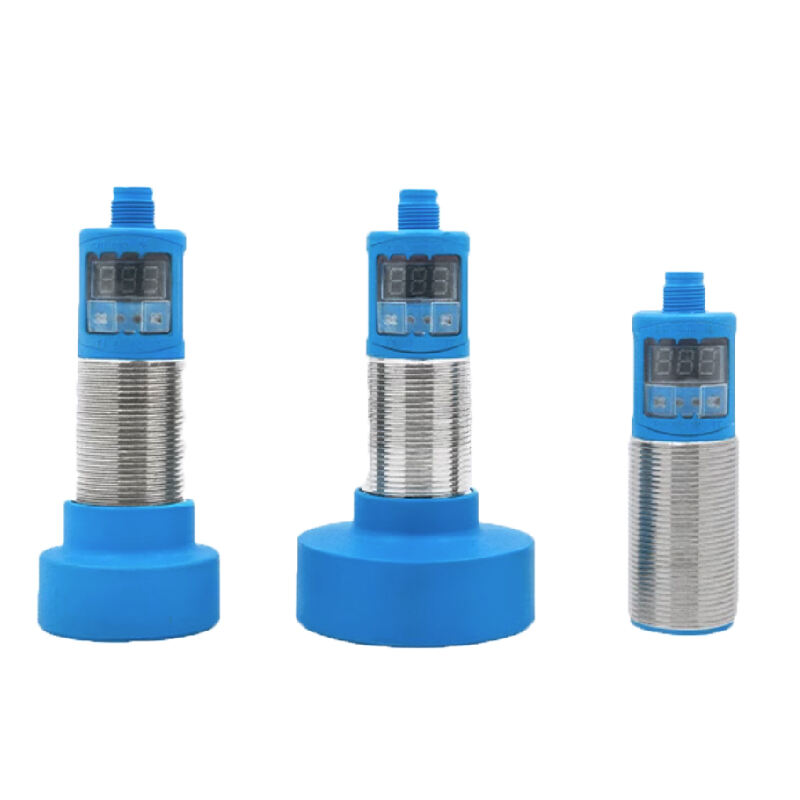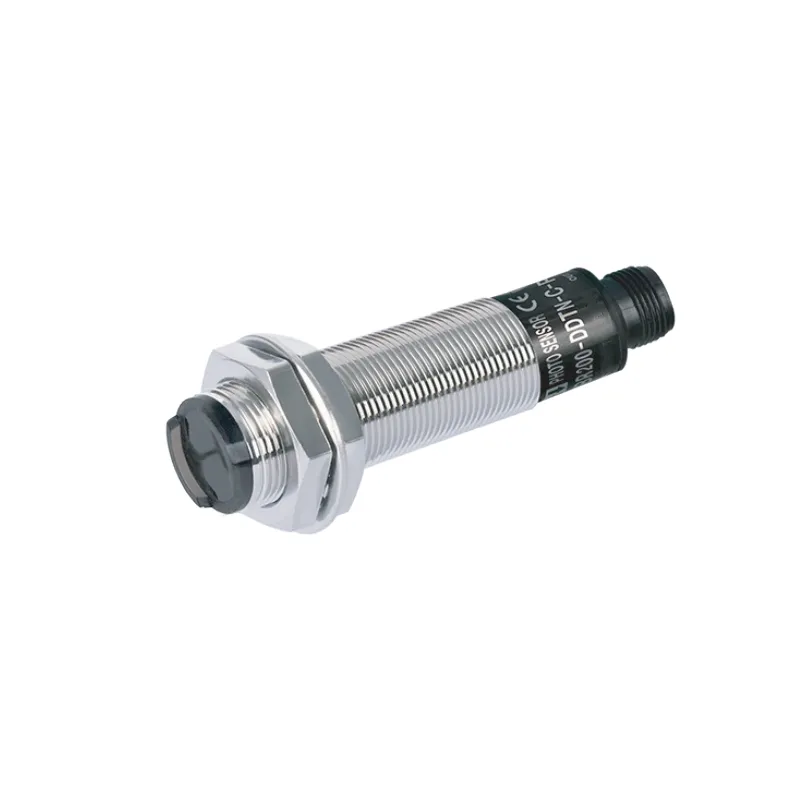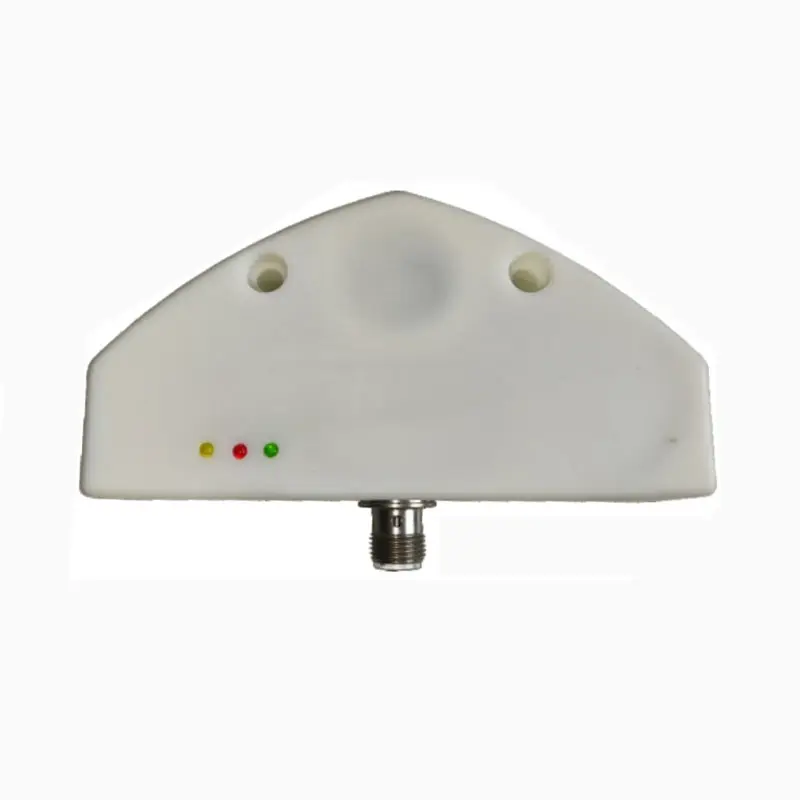načelo rada fotoelektričkog prekidača
Radni princip fotoelektričnog prekidača predstavlja osnovnu tehnologiju u modernim sustavima automatizacije i senzora. Naime, ovaj princip temelji se na interakciji između svjetlosti i specijaliziranih senzora za otkrivanje predmeta i pokretanje određenih reakcija. Sustav se sastoji od tri glavne komponente: izvora svjetlosti, obično LED-a ili lasera, prijemnika svjetlosti poput fotodioda ili fototranzistora i jedinice za obradu signala. Kada predmet prekine ili reflektira zraku svjetlosti između emitera i prijemnika, sustav detektira tu promjenu i pokreće unaprijed određenu reakciju. Ova tehnologija koristi različite metode detekcije, uključujući prolaznu zraku, refleksnu i difuznu refleksiju, od kojih je svaka prilagođena različitim primjenama. Princip rada temelji se na pretvaranju svjetlosne energije u električne signale, koji se zatim obrađuju kako bi se utvrdila prisutnost, odsutnost ili položaj predmeta. Moderni fotoelektrični prekidači uključuju napredne značajke poput potiskivanja pozadine, točnih raspona detekcije i imuniteta na smetnje okolišnog svjetla. Ovi uređaji imaju široku primjenu u proizvodnji, pakiranju, sigurnosnim sustavima i kontrolama automatskih vrata. Pouzdanost, brzina i rad bez kontakta čine ovu tehnologiju idealnom za okruženja u kojima bi tradicionalni mehanički prekidači bili nepraktični ili manje učinkoviti.

